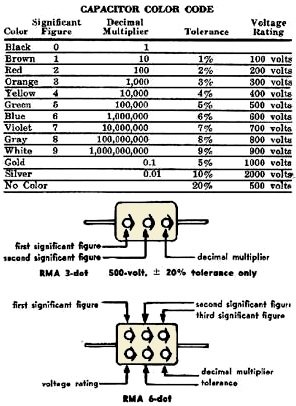

This should be considered both in manufacturing and in the application itself. Classes 1 and 2 are more common classes 3 and 4 (also called junction capacitors) are hardly of any importance today.īear in mind that ceramics are more sensitive to mechanical influences than other designs. The ceramics used as the dielectric can be divided into various classes:Įssentially, these classes differ in their relative permittivity, their dependency toward temperature, their aging behavior, and their dielectric losses. The structure of ceramic capacitors enables very low inductance designs. With quadrillions of units made, MLCCs are the predominating type in the world market. Single-layer ceramic capacitors are found in high-voltage and AC voltage applications, while multilayer ceramic capacitors (MLCCs) are mainly configured as SMD components. To construct a ceramic capacitor, either 1) a homogeneous block (single-layer capacitor), or 2) many layers (multilayer capacitor), give rise to a monolithic ceramic body. In an AC circuit, it is a frequency-dependent resistor.Ĭeramic capacitors also have no polarity and a fixed capacitance, but they use ceramic materials for the dielectric material.In a DC circuit, it is a charge storage device.That means the capacitor can assume a different role depending on the circuit: This energy release takes place at a defined rate over a certain period depending on its design characteristics.Ī capacitor is thus an energy reservoir, which blocks the direct flow of current with DC voltage and allows the flow of current with AC or pulsating voltage depending on its capacitance and the given frequency. It is calculated from the field constant, the relative permittivity of the dielectric used, the effective area (the overlapping area of the electrodes), and the thickness of the dielectric or the separation produced between the electrodes.Īs an electronic component, a capacitor is able to store electrical energy and then release it again. The capacitance of a capacitor describes its capacity to store electric charges. These are the three key parameters used to distinguish the power and manipulate the performance of a capacitor. You can see the relationship between the electrodes (1), the dielectric material (2), and the distance between electrodes (3) in the image provided. They are always separated by an insulating material: the dielectric. The structure of a capacitor always consists of two conducting surfaces: the electrodes (sometimes referred to as sheets). A capacitor describes every arrangement for storing stationary electric charges.

The journey into the world of capacitors begins with the structure of the atom.


 0 kommentar(er)
0 kommentar(er)
